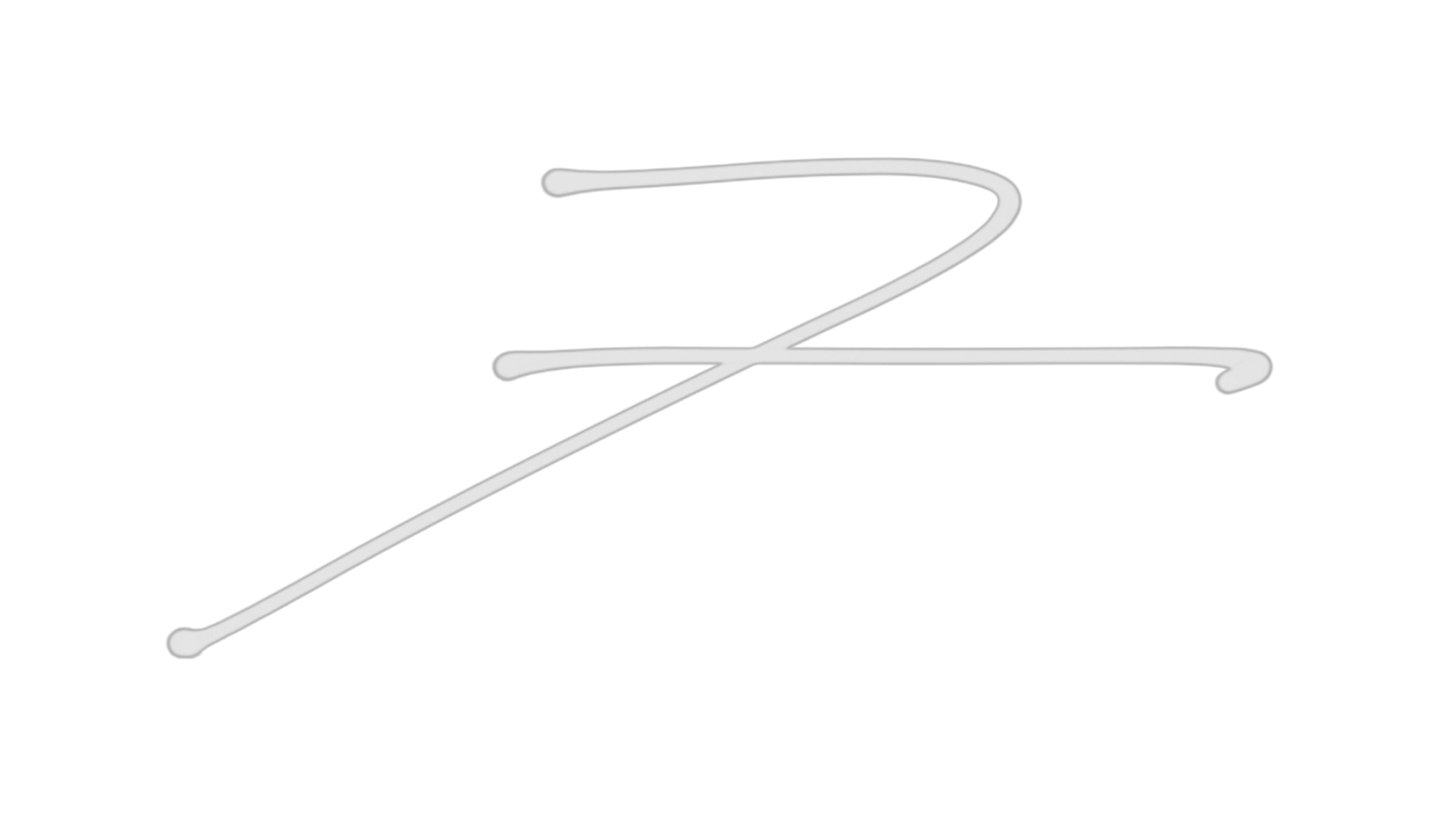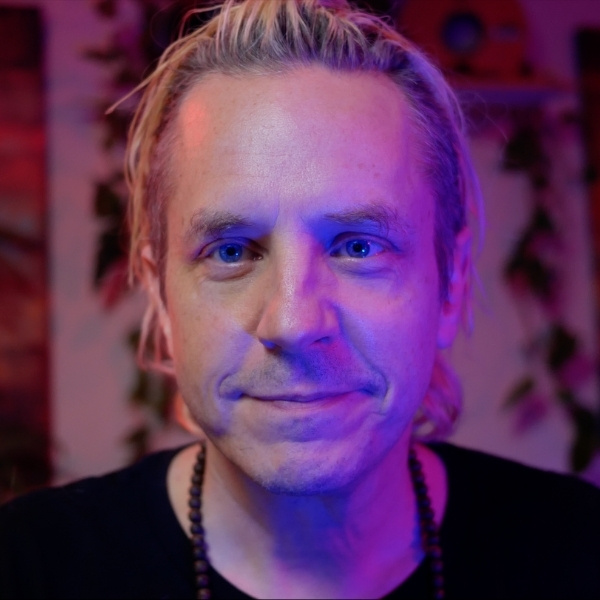How Loud Should My Speakers Be When I'm Mixing?

The ideal speaker volume for mixing music is 80–85 dB SPL (Sound Pressure Level). This range aligns with the human ear’s flattest frequency response according to the Fletcher-Munson curve. For best results, mix mostly at moderate levels, check in mono and stereo, listen quietly for detail, and only use high volumes briefly to avoid ear fatigue.
🔊 What Is dB SPL?
Sound Pressure Level (SPL) is a measurement of how loud sound is in a physical space, measured in decibels (dB). Unlike digital level meters in your DAW, dB SPL measures actual air pressure — how loud the sound feels to your ears.
-
Measured in decibels (dB) using an SPL meter or app
-
Not the same as track fader levels
-
Helps avoid ear fatigue and poor mix decisions
📱 You can download an SPL meter app on your phone or get a dedicated meter on Amazon for about $30.
What Is a Decibel? dBFS, dBV, dBu and dBSPL Explained in Simple Terms
🧠 Why 80–85 dB Is the Sweet Spot
This range is based on the Fletcher-Munson curve, which shows how our ears perceive frequencies at different volumes.
-
Below 80 dB: bass and highs sound too soft
-
Above 85 dB: fatiguing and potentially damaging over time
-
80–85 dB = most balanced perception of frequencies
-
Keeps your EQ and level decisions more accurate
🎧 At lower volumes, you might overboost bass or treble because your ears hear them less clearly.
Sound Theory 101: Energy, Frequency and Vibration

⭐️ Start by downloading all of my FREE Music Production Guides ⭐️ It took me years to learn this stuff!
🧪 Mixing Tips by Volume Level
🎯 80–85 dB SPL (Reference Volume)
-
Use for most of your mix work
-
Natural balance across frequencies
-
Helps make accurate EQ and panning decisions
🔉 Quiet Listening (~55–65 dB SPL)
-
Reveals balance issues
-
Forces the mix to "work" at low levels
-
Use near the end of a session
🔊 Loud Listening (90+ dB SPL)
-
Use sparingly (only a few minutes at a time)
-
Good for checking energy and impact
-
Can help reveal distortion or clipping
🎧 Don’t Forget to Check These Too
-
✅ Mono: Press the 'mono' button on your interface or use a plugin like panipulator
-
✅ Stereo: Confirms space and imaging
-
✅ Headphones: Useful for detail, stereo field, and fatigue check
-
Open-back headphones are best for long mixing sessions
-
🎯 Final Tip: Use a Meter
Whether it’s a phone app or a dedicated SPL meter, knowing your mix volume isn’t about guessing — it’s about consistency. Measuring dB SPL helps keep your ears fresh and your decisions sharp.
⭐️ Download my Free Magic Delay settings Guide ⭐️
⭐️ Download my Free Magic Reverb settings Guide ⭐️
#protools #daw #homestudio #recordingschool #recording #musicproduction
Also read:
How to Start Your Own Online Business Teaching Music

Hey, I'm Futch - Music Production Coach and Ableton Certified Trainer
Learn how to make your first song and beat in Ableton Live with my
FREE 90-minute Ableton Live course
I've been teaching audio engineering and music production for 35 years.⭐️
Check out my new online music production program: Music Production Ninja...









